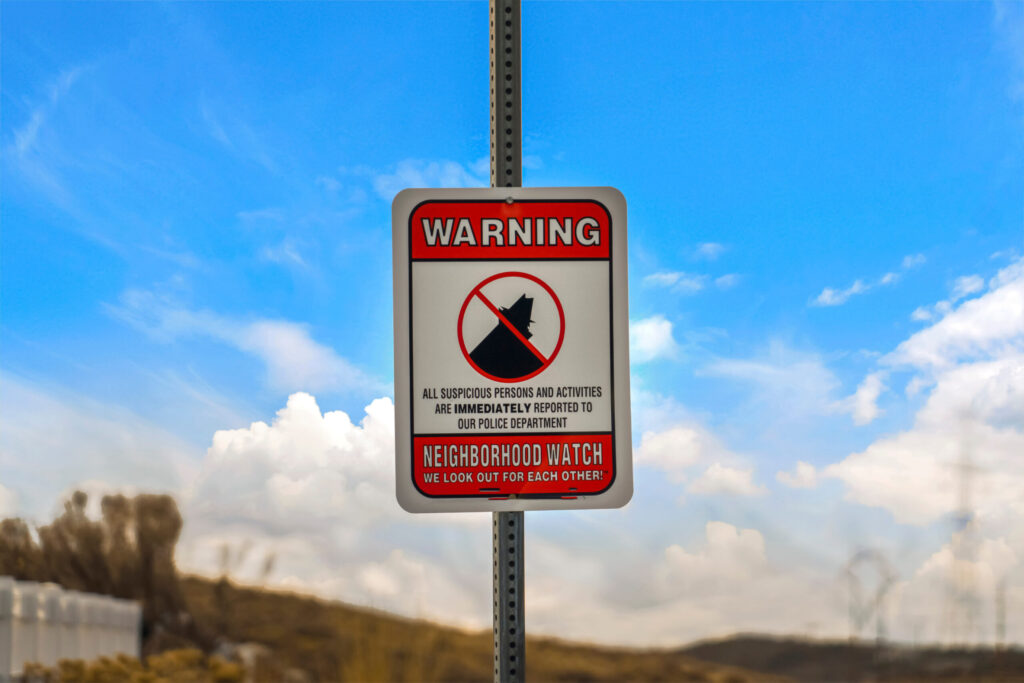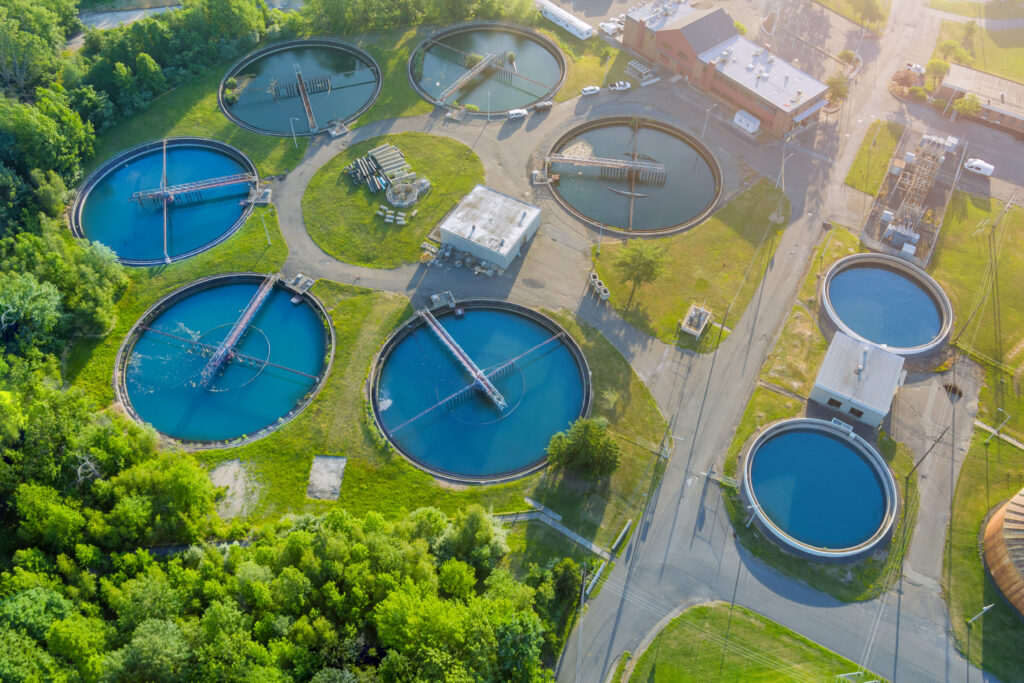Americans’ Life Ratings Drop to Five-Year Low, Showing Declining Optimism

Recent findings from Gallup reveal a worrying drop in Americans’ life satisfaction, with the country’s life ratings falling to their lowest point in five years. In the first quarter of 2025, just 48.9% of Americans reported feeling “thriving,” a figure that has dipped below 50% for two consecutive quarters—something that has only happened a few times in the past, usually during major crises like the Great Recession and the COVID-19 pandemic. This marks a sharp decline from the peak of 59.2% in June 2021, during the early days of the COVID-19 vaccine rollout.
Over the past four years, the thriving rate has fallen by over 10 percentage points, which means about 27 million fewer Americans now consider themselves to be thriving compared to just a few years ago. This downward trend is significant, as it signals a broad shift in how Americans are evaluating their lives and their futures.

Gallup’s Life Evaluation Index measures people’s satisfaction with their current lives and their outlook for the future. Those who rate their present life as a 7 or higher, and who expect their life in five years to be an 8 or higher, are classified as “thriving.” On the other hand, those with lower ratings are considered to be struggling or suffering.
The recent drop in thriving rates is linked to several factors, particularly political shifts and rising economic concerns. The divide between Democrats and Republicans has grown, with Democrats experiencing a significant drop in their thriving rate following the 2024 election, while Republicans saw an improvement. In fact, Democrats’ thriving rate fell by 11 percentage points, from 57.1% in late 2024 to just 46.1% in the first quarter of 2025. This shift likely reflects growing dissatisfaction with the current administration. Meanwhile, Republicans have seen a nearly five-point increase, with their thriving rate staying above 55% for the past two quarters.
Independents, who typically have lower thriving rates than partisans, have seen little change, with their rate sitting at 47.9%. This shows that, like many Americans, Independents are also feeling a sense of uncertainty and dissatisfaction with the current political climate.
While partisanship has clearly influenced these life ratings, it’s not just politics at play. Economic worries are a key driver of the decline in life ratings. More Americans are concerned about money, with fewer people reporting that they’re not worried about finances in their daily lives. Rising inflation and high gas prices have left many Americans feeling financially insecure, which has undoubtedly contributed to the drop in optimism.
Another significant factor is a decrease in confidence in leadership. Many Americans, particularly Democrats, feel less hopeful about the direction of the country under current leadership. The percentage of Democrats who feel that leadership creates enthusiasm for the future has dropped sharply, while Republicans have seen a slight increase in this regard. This growing divide shows how much political leadership affects people’s overall outlook on life, with those aligned with the current administration feeling less optimistic, while Republicans have found some renewed confidence.
This current downturn in life ratings isn’t just a short-term blip—it could have lasting implications for upcoming elections. The thriving rate has historically been a useful indicator of the political landscape, with a rate above 53.5% typically signaling a strong position for the incumbent administration. The thriving rate before the 2024 election was just 52.6%, which was close to this threshold, and as the rate continues to fall, it could signal a shift in voter sentiment moving forward.
In addition to economic and leadership concerns, there are other factors contributing to the decline in thriving rates, such as the overall sense of uncertainty and dissatisfaction that many Americans are feeling. It’s clear that the current environment is causing a major dip in national well-being, which could have a ripple effect on political outcomes and the broader state of the nation.
Gallup’s findings also highlight the partisan divide that has become more pronounced in recent years. The drop in thriving ratings among Democrats following the 2024 election is a reminder of how closely life ratings are tied to political power. With life ratings dipping for one side and improving for the other, the trajectory of American well-being is closely tied to the political leadership in place at any given time.
While the decline in life ratings is certainly concerning, it’s not without precedent. The thriving rate has fluctuated in the past, bouncing back after periods of economic hardship or political transition. However, with the continued drop in 2025, it remains to be seen whether the country’s well-being can recover without addressing key issues like economic insecurity and political division. The next few years will likely be pivotal in determining whether this trend continues or whether the country can regain its optimism and sense of thriving.
As the nation moves forward, these findings underscore how deeply the state of the country’s well-being is tied to political leadership and economic stability. With so much uncertainty ahead, it’s clear that Americans are looking for solutions to improve their lives and restore a sense of hope for the future. The coming months and years will be crucial in determining whether these challenges can be overcome and how they will shape the political landscape in the years to come.
Methodology
Results for this Gallup poll are based on self-administered web surveys conducted February 18-26, 2025, with a random sample of 5,876 adults, aged 18 and older, who are members of the Gallup Panel™. Gallup uses probability-based, random sampling methods to recruit its panel members, and the sample is weighted to ensure it represents the national demographics of the U.S. adult population. The margin of error for the total sample is ±1.6 percentage points, with larger margins of error for subgroups, such as political identity. The survey also accounts for potential bias introduced by question wording and other practical challenges in conducting surveys.
RECENT










BE THE FIRST TO KNOW
More Content By
Think American News Staff











